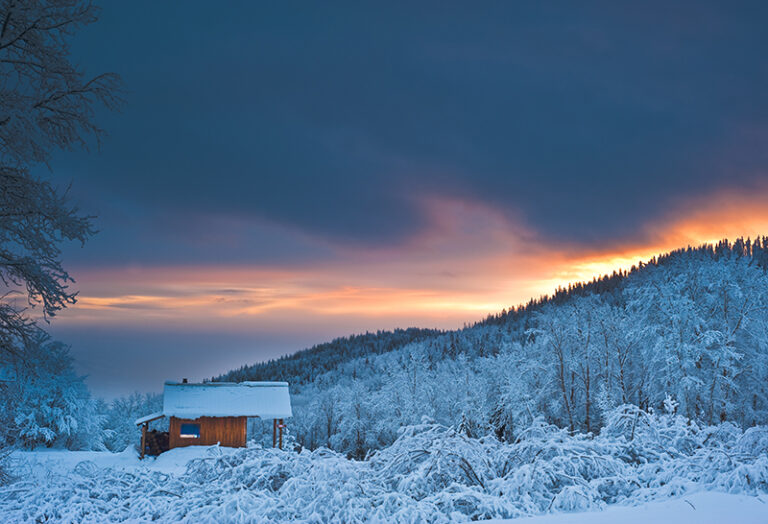When the snow falls it creates a great opportunity to get outside and look for signs of our region’s abundant wildlife. Taking time to identify animal tracks and follow their movements gives you clues to their habits, such as where animals are spending time and what they are eating.
Snowshoe Hare
Snowshoe hare, as their name implies, are the quintessential track to look for in the snow. The bounding gate of hares and rabbits can confuse some people. Their large, paddle like back feet land in front of their smaller front feet, so their rear feet point in the direction the hare was traveling. A few days after a fresh snow, hare tracks will crisscross areas around burrows where the animals browsed on the undergrowth of young forest.
Gray Wolves
With the reemergence of wolves to the Inland Northwest, these are a great tracks to keep an eye out for in the snow. Unlike cat prints, wolf tracks are more oval and claw marks are generally visible. Wolf print are usually much larger than dogs’ and the toes of wolves are of equal size whereas dogs’ middle toes are bigger than the outer toes. Finding many tracks leading from an area can indicate that wolves are repeatedly visiting a kill site.
Moose & Elk
Moose and elk tracks can look pretty similar in the snow but there are characteristics to distinguish them. Elk tracks have rounder points while moose, being much larger, leave bigger tracks 4 to 7 inches long versus elk’s 3.2 to 5 inches. Due to moose’s long legs, they excel in deep snow. In snow deeper than 3 inches a moose track will show the rear dewclaws. In the winter moose like to feed in willow flats and elk have a preference for aspen groves.
Bobcat, Cougar, & Lynx
We have several elusive big cats in our region that are active throughout winter. Unlike canines’ oblong tracks, cats have round prints and you rarely see their claws. Bobcat tracks will be smaller than either lynx or cougars. Lynx and cougar tracks are of similar size, but the thick fur of the lynx will obscure the pads and the stride of lynx will be shorter than that of the larger cougar. If you follow their tracks long enough you may come across drag marks dabbed with blood from a recent deer kill.
Owls & Other Birds
Winter is also a great time to track the habits of birds. The three toe tracks of roughed grouse show up in the snow as they travel through the underbrush and burrow in to the insulating snow for the evening. Finding the hunting site of an owl is a unique experience in the winter. The deep snow can leave a “snow angel” marking of each individual wing and tail feather with an impact crater of the talons in between.
Bringing a good field guide for wildlife tracks, a camera, a way to measure tracks, and a sense of adventure will allow you to understand wildlife better in winter than at other times of the year.













